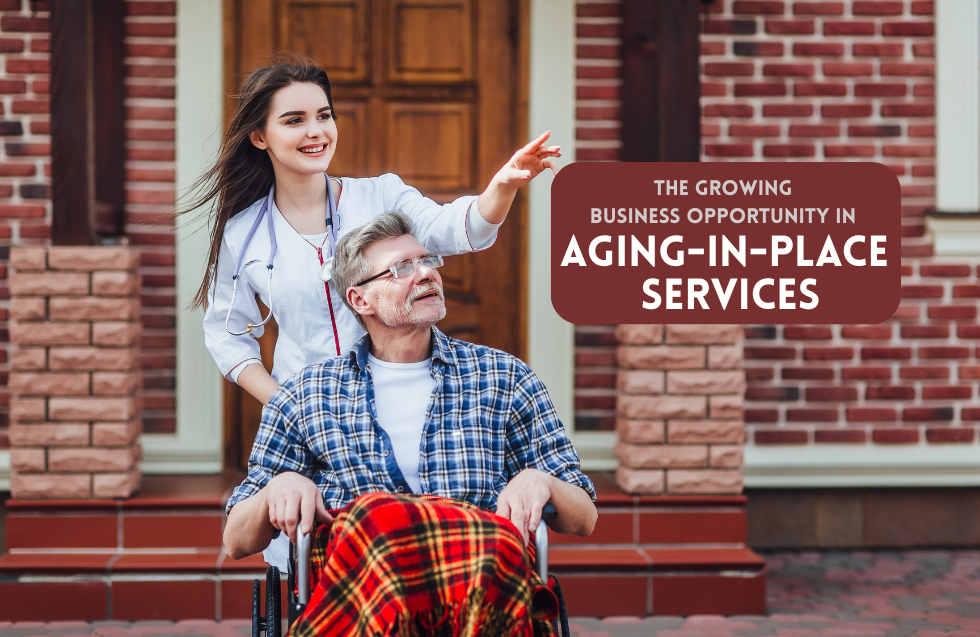In the life cycle of any business, no matter how well-planned or resourceful, moments of financial crisis mode are almost inevitable. A cash crunch can arise due to unexpected economic downturns, delayed receivables, natural disasters, supply chain breakdowns, or sudden drops in consumer demand. During such times, finding fast and reliable funding becomes a matter of survival.
This guide explores quick funding solutions for businesses navigating financial distress, offering strategic insights for business owners, CFOs, and entrepreneurs who need to secure cash flow fast.
Understanding the Nature of a Business Crisis
Before diving into funding solutions, it’s crucial to understand the nature of your crisis mode. Not all financial troubles require the same response, and misdiagnosing the issue can worsen the situation.
Identifying the Root Cause
Is your financial trouble temporary or systemic? For instance:
- A short-term liquidity issue due to a delayed payment.
- A long-term decline in revenue from a shrinking market.
Diagnosing the issue correctly helps in determining whether a bridge loan, a short-term injection of cash, or a long-term restructuring is needed.
Assessing Business Fundamentals
Even in crisis mode, your business fundamentals matter. Lenders and investors will want to understand:
- Your cash flow history.
- Profit margins.
- Asset base.
- Management credibility.
A sound fundamental base, even in the middle of a crisis, strengthens your position when seeking emergency funding.
Quick Funding Options: An Overview
Once the nature of the crisis mode is understood, the next step is to explore quick funding avenues. Below are the most commonly used funding methods, structured based on speed, flexibility, and risk.
1. Internal Cash Flow Reallocation
The first and fastest funding solution is to look inward. Often, cash is tied up in non-critical areas.
Cost-Cutting Measures
Reducing or freezing:
- Non-essential operational expenses.
- Marketing campaigns not yielding ROI.
- Perks or bonuses temporarily.
Inventory Liquidation
Old or excess inventory can be quickly sold off—sometimes at a discount—to generate instant liquidity.
Delaying Payments
Negotiating extended payment terms with vendors can free up cash in the short term. Open communication with suppliers helps preserve relationships while gaining breathing room.
2. Borrowing from Personal Assets or Shareholders
In urgent times, leveraging personal resources may be the quickest solution.
Owner Equity Injection
If you or other shareholders have access to personal savings, real estate equity, or retirement accounts, reinvesting into the business—even temporarily—can be a lifeline.
Shareholder Loans
Existing shareholders might be open to providing a short-term loan with low interest to stabilize the business. Since trust and alignment already exist, these arrangements are often faster and more flexible than formal loans.
3. Friends and Family Funding
While it must be approached with caution, borrowing from close personal networks is another quick option.
Structure the Deal
Even though it’s informal, a written agreement outlining repayment terms, interest, and time frames is essential to avoid misunderstandings.
Be Transparent
Ensure full disclosure of risks and expected outcomes. Transparency builds trust and protects relationships.
4. Asset-Based Financing
When liquidity is required urgently, leveraging existing business assets is an efficient strategy.
Accounts Receivable Financing
If your business has outstanding invoices, you can borrow against them or sell them at a discount to get immediate cash. This type of funding works well when cash flow is tied up in receivables.
Inventory-Based Lending
Use your existing stock or raw materials as collateral to raise short-term funding.
Equipment-Based Loans
Machinery, vehicles, or other high-value equipment can be temporarily leveraged without selling them outright.
5. Revenue-Based Financing
If your business earns steady income but is currently facing a squeeze, revenue-based financing can provide capital quickly.
Repayment Through Sales
Repayments are usually made through a percentage of daily or weekly sales, so you don’t face high fixed payments during lean times.
This method is ideal for retail businesses, restaurants, or service providers with regular but volatile income patterns.
6. Emergency Business Loans
Though traditional loans can take time, many financial institutions offer emergency or bridge loans for small businesses in crisis.
Features to Look For:
- Fast approval turnaround (24–72 hours).
- Shorter repayment periods.
- Higher interest rates (be cautious).
- Fewer documentation requirements.
Ensure you understand all terms and avoid options that may trap your business in a cycle of debt.
7. Crowdfunding and Community Support
Sometimes, the community or customer base is willing to help keep your business afloat.
Donation-Based Crowdfunding
You may ask your loyal customers or the local community to contribute to a campaign with the promise of future services, discounts, or simple goodwill.
Pre-Selling Products
Pre-selling is an effective method where customers pay upfront for goods or services delivered later. It provides immediate cash while preserving customer loyalty.
8. Emergency Partnerships or Strategic Investors
In times of financial distress, opening your business to new strategic investors may be the only viable path forward.
Temporary Equity Release
You may offer a portion of equity in return for capital. Ensure you’re not giving away long-term control for short-term gain.
Joint Ventures
Consider forming temporary partnerships with other businesses that complement yours. This could involve resource sharing, space sharing, or bundling services.
9. Government Relief Programs and Grants
Many governments offer crisis-specific financial assistance to businesses affected by economic downturns, disasters, or pandemics.
Eligibility and Speed
Though the application process may take some time, certain programs are designed for fast disbursement and minimal documentation.
Always check local and regional options that align with your industry or business category.
10. Renegotiating Lease and Debt Agreements
When cash is tight, restructuring what you already owe can be a funding strategy in itself.
Lease Deferments
Approach landlords for deferred rent, temporary reductions, or subletting permissions.
Loan Restructuring
Negotiate with existing lenders for interest-only periods, lower EMIs, or deferred principal payments.
Strategic Planning During a Crisis
While finding funding is urgent, doing it without a plan can be dangerous. Here’s how to stay strategic:
Reforecast Cash Flow
Project worst-case, medium-case, and best-case scenarios. Plan funding requirements for each so you aren’t caught off guard again.
Prioritize Spending
Allocate funds strictly to revenue-generating or business-critical operations. Discretionary spending must be suspended during crisis phases.
Communicate Transparently
Whether it’s with employees, partners, or stakeholders, open communication about the business’s financial health encourages collaboration and support.
Track Every Dollar
Once funding is secured, it must be tracked with rigorous discipline. Set daily or weekly budget reviews and enforce spending controls.
When to Say No to Funding
Sometimes, the best decision is to not take funding. If the terms are exploitative or repayment is highly unlikely, you may risk long-term collapse for short-term relief.
Ask yourself:
- Can I repay this even if revenue stays low for the next six months?
- Is this funding solving a problem or just delaying it?
- Am I preserving business value or just surviving another week?
Being honest in your assessment is crucial.
Rebuilding After the Crisis
Securing funding is only the first step. Once stabilized, businesses must look toward sustainability.
Rebuild Cash Reserves
Once profitability returns, set aside a percentage of revenue into an emergency fund.
Diversify Income Streams
If one customer or vertical collapse caused the crisis, explore new products, services, or markets to avoid future overdependence.
Strengthen Vendor and Customer Relationships
Those who supported your business during its worst should become long-term allies. Prioritize these relationships.
Conduct a Post-Mortem
After the crisis passes, hold a thorough review of what went wrong, how you responded, and how to improve your financial resilience going forward.
Conclusion
Every business hits rough waters at some point. What separates long-lasting companies from those that disappear is not the absence of crisis mode but the speed and clarity with which they respond.
Quick funding can be the bridge that keeps a business alive—but it must be pursued wisely, strategically, and with long-term consequences in mind. Whether it’s internal adjustments, asset leveraging, emergency financing, or community support, the goal is survival today, so the business can thrive tomorrow.
Stay calm, stay focused, and act fast—but act smart. A crisis is temporary, but a well-built business can last a lifetime.













